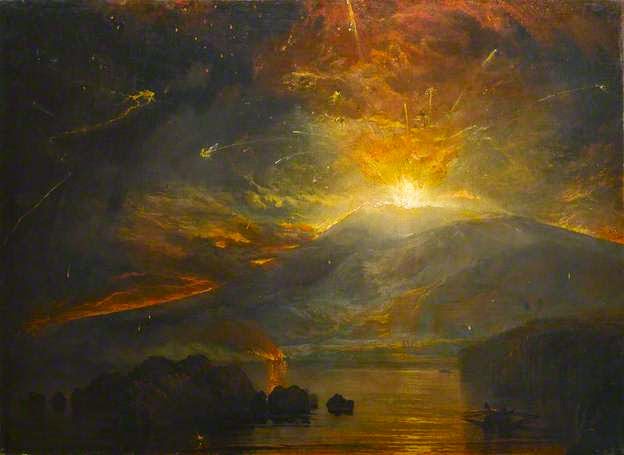The war in Europe had just ended and Johnny Littlehorn's father was in France recovering from injuries he received when a German shell exploded near him. Johnny's mother was French and had met her husband in America. After their marriage they had settled on a ranch in Wyoming and now Johnny's mother, with the help of their old foreman, did what she could in her husband's absence to keep the ranch going.
One day, Johnny's father unexpectedly returned and announced they were all going to France. Johnny's mother had a younger brother who still lived in France and he had introduced Mr Littlehorn to some important people in the French army. As a consequence Mr. Littlehorn was asked to remain in France after the war and carry out liason work.
Once the family were in France, it was arranged that Johnny would stay with his 'Oncle' Paul while his parents went to England for a couple of months. Thus began an adventure which took Johnny through the countryside of France and into the centre of a plot hatched by a Nazi spy.
On its own this story is a good little mystery with a mix of spying, adventure and humour. The author has painted a realistic picture of a young boy who had to overcome substantial inner and outer obstacles. His portrayal of the boy's behaviour and thought processes is believable, but in addition the book has a unique and clever feature which sets it apart from other books with a similar theme.
During the course of the book, Johnny, who had no knowledge of French at the beginning, learns to speak and understand the language by the time the book is finished.
Knowing how to say "it's" was helpful. With that "c'est" I could make sentences. I could say, "C'est mon pere;" "C'est min once;" or I could say, "Le jour est beau;" and, "Le Parc est Bleu;" or I could ask. Us elf silly questions like, "est mon once Le Parc?" And answer myself, "Non, Le Parc est Le Parc." Maybe it seems foolish, but I found it was fun.
I ended my letter to my mother with French words I knew, such as: "C'est bon here in your village de St. Chamant...Mon once est giving me lecons in French...Le jour est beau although it rains a lot...Ou are you now, in London?...Jean va to bed..." and things like that.
I gave this book to my 10 year old after I'd read it. She has been learning French mostly by immersion, and mostly through song. This year she started a French notebook and has been doing copy work for French also. She enjoyed the story but I didn't think it was much help in the French department until she showed me the story she was writing.
She'd been listening to G.A. Henty's tale, In the Reign of Terror, for about the fourth time. The main character in the story is a young lad who goes to live with a family in France, learns to speak French and is instrumental in saving members of the family when they are caught up in excesses of the French Revolution. I could see that it was from that book that she got the initial inspiration for her characters and storyline.
After she'd read The Avion My Uncle Flew, I noticed the dialogue in her story was imitating the style used in that book. She also started using our French/English dictionary to help with her vocabulary and began writing words out in a notebook, just like Johnny (Jean) had done.
After she'd read The Avion My Uncle Flew, I noticed the dialogue in her story was imitating the style used in that book. She also started using our French/English dictionary to help with her vocabulary and began writing words out in a notebook, just like Johnny (Jean) had done.
Here is a section of Chapter Two of her story:

The last page of The Avion My Uncle Flew is written completely in French and is the letter Jean/Johnny writes to his mother. The book slowly adds French words throughout and these last pages come together quite naturally. Very cleverly done, I think.
















